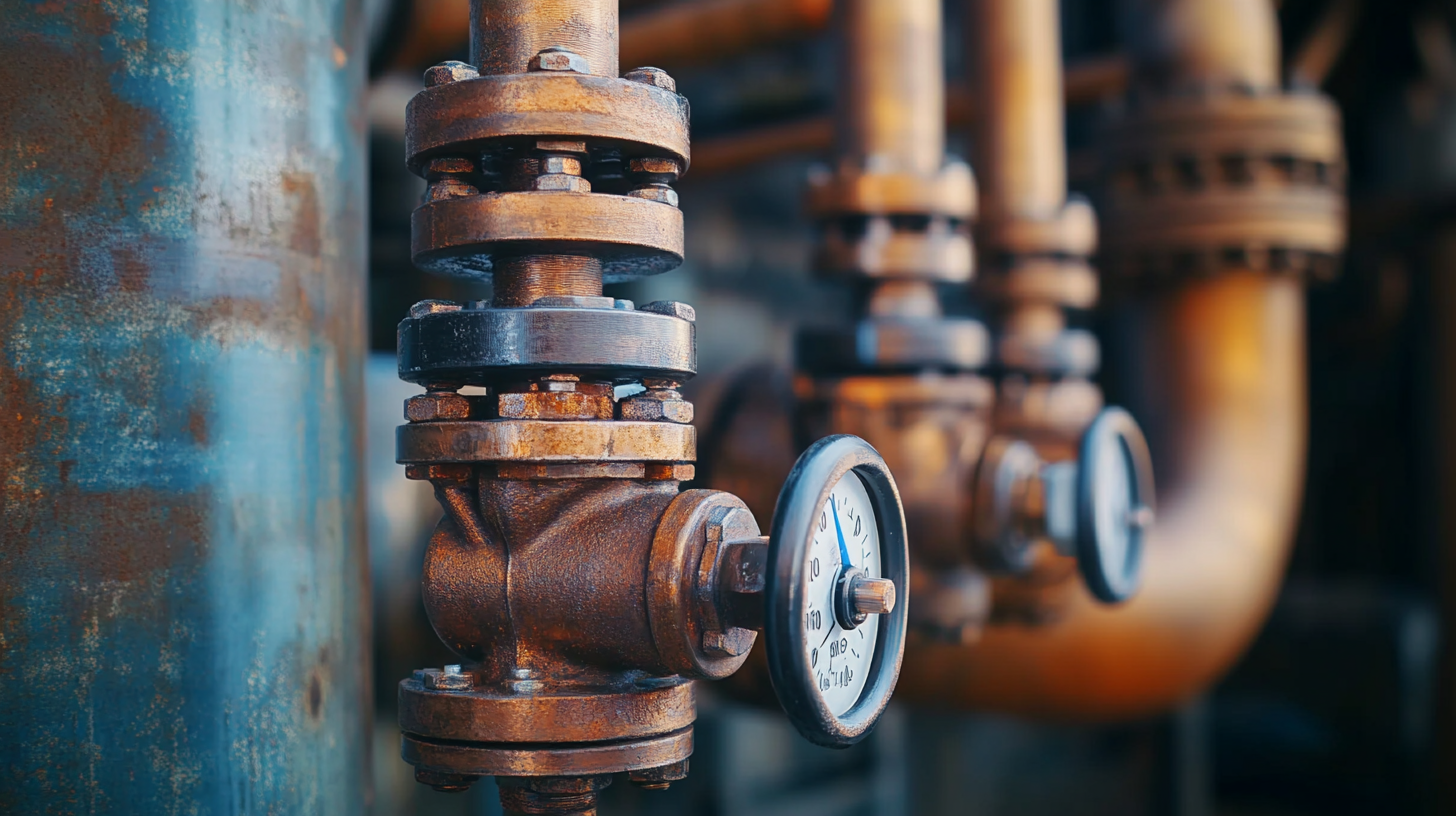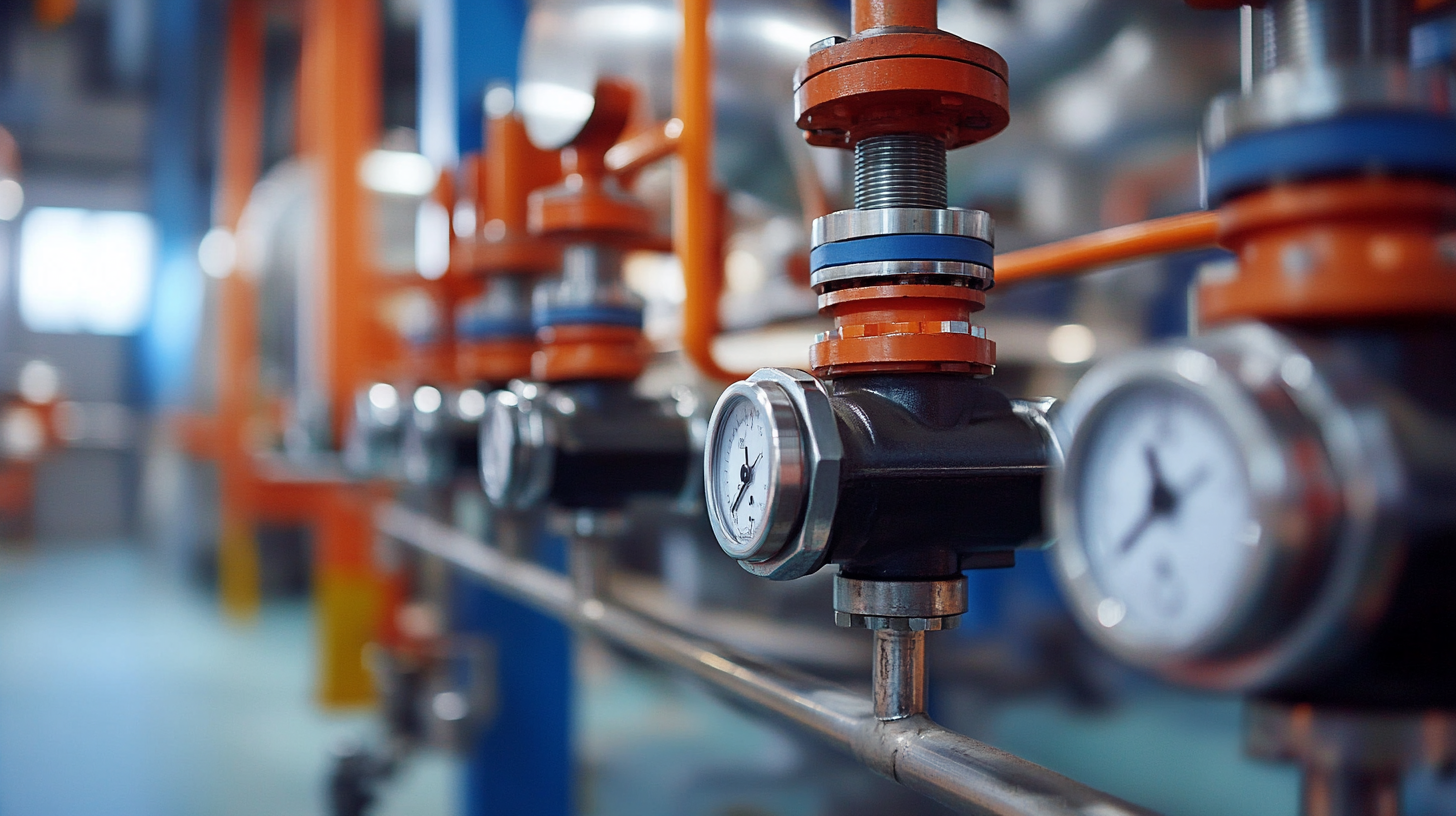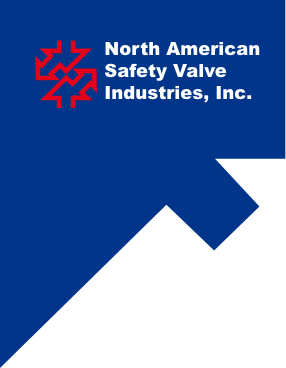Ultimate Guide to Choosing the Best Safety Relief Valve for Optimal Industrial Performance
In the ever-evolving landscape of industrial technology, selecting the right Safety Relief Valve is crucial for maintaining optimal performance and ensuring system safety. As we look towards the technological advancements anticipated in 2025, understanding the intricacies of these essential components becomes more important than ever. Safety Relief Valves play a pivotal role in protecting equipment and personnel from potential overpressure conditions, making their effective selection paramount. This ultimate guide aims not only to provide insights into the latest trends and innovations surrounding Safety Relief Valves but also to equip industry professionals with practical knowledge that enhances operational efficiency and reliability. By exploring key factors to consider during the selection process, we will empower you to make informed decisions that align with the future of industrial practices.

Understanding the Importance of Safety Relief Valves in Industrial Applications
In industrial applications, safety relief valves are crucial components that help prevent catastrophic failures and ensure operational integrity. Most incidents in the industry stem from pressure-related failures, underscoring the imperative need for effective pressure management solutions. Safety relief valves act as the first line of defense, releasing excess pressure when it exceeds predetermined limits, thereby safeguarding equipment and personnel from potential hazards.
The importance of these valves cannot be overstated, as they play a vital role across various sectors, including oil and gas, chemical manufacturing, and power generation. Their ability to maintain pressure stability directly influences overall industrial performance. As industries continue to evolve and expand, the demand for reliable safety relief valves has seen a significant increase. Market forecasts indicate a notable growth in this segment, reflecting the rising awareness and regulatory requirements related to workplace safety and operational efficiency. Investing in advanced safety relief valves is not just a regulatory obligation but a strategic decision that impacts productivity and risk management in industrial environments.
Emerging Technologies Impacting Safety Relief Valve Design in 2025
In 2025, the design of safety relief valves is poised for transformation, driven by emerging technologies that enhance efficiency and safety performance. According to a recent market analysis by ResearchAndMarkets, the safety relief valve market is projected to reach $4.2 billion by 2025, reflecting a compound annual growth rate (CAGR) of 5.8% from 2020. This growth underscores the increasing investment in advanced manufacturing technologies, including smart sensors and predictive maintenance systems, which are being integrated into safety relief valve designs.
The advent of Industry 4.0 technologies, such as the Internet of Things (IoT) and artificial intelligence (AI), is crucial for optimizing safety relief valve operations. By harnessing real-time data analytics, companies can achieve greater reliability and prevent potential failures. A report by Frost & Sullivan indicates that manufacturers employing smart valve technologies can reduce maintenance costs by up to 30% while enhancing safety through automated monitoring and faster response times. As these emerging technologies mature, they will not only streamline operations but also contribute to meeting stringent safety regulations in industrial applications.

Key Factors to Consider When Selecting a Safety Relief Valve
When selecting a safety relief valve, several key factors must be considered to ensure it operates efficiently and effectively within an industrial environment. First and foremost, understanding the specific application is crucial. The valve must be tailored to the type of fluid it will handle—liquid or gas—as each presents unique challenges. Additionally, the temperature and pressure conditions must align with the valve’s specifications to prevent failures or leaks during operation.
Another vital aspect to consider is the valve size and the flow rate. It is essential to calculate the relief capacity required to protect your equipment accurately. An undersized valve may fail to release excess pressure, leading to potential catastrophic failures, whereas an oversized valve can cause unnecessary fluctuations in system pressure. Furthermore, materials of construction play a significant role; selecting corrosion-resistant materials will enhance the valve’s longevity and reliability in hostile environments. By carefully evaluating these factors, industries can select the best safety relief valve to safeguard their operations.
Ultimate Guide to Choosing the Best Safety Relief Valve for Optimal Industrial Performance - Key Factors to Consider When Selecting a Safety Relief Valve
| Key Factor | Description | Importance Rating (1-5) |
|---|---|---|
| Set Pressure | The pressure at which the valve is designed to open. | 5 |
| Material Compatibility | The suitability of the valve materials with process fluids. | 5 |
| Flow Coefficient (Cv) | The measurement of the valve's capacity to allow flow. | 4 |
| Size and Connection Type | The compatibility of valve size and connection with piping systems. | 4 |
| Temperature Rating | The maximum operational temperature the valve can withstand. | 5 |
| Testing and Certification | Compliance with industry standards and regulatory requirements. | 5 |
| Spring Type | Type of spring used in the valve which affects response time. | 3 |
| Maintenance Requirements | How often the valve needs to be inspected and serviced. | 4 |
Innovative Features to Look for in Next-Gen Safety Relief Valves
As industries continue to evolve, the importance of selecting the right safety relief valve becomes crucial for ensuring optimal performance and safety. When evaluating next-gen safety relief valves, there are several innovative features to consider. For instance, valves equipped with advanced pressure monitoring technologies can provide real-time data to operators, significantly reducing the risk of equipment failure. According to a recent report by MarketsandMarkets, the global safety relief valve market is expected to reach $3.4 billion by 2025, driven largely by the need for improved safety standards and regulatory compliance.
Another essential feature to look for is enhanced corrosion resistance. With industries such as petrochemicals and pharmaceuticals demanding higher durability, modern safety relief valves made from advanced materials are essential. A study by Frost & Sullivan highlights that valves with superior materials can increase lifespan by up to 50%, thereby minimizing downtime and maintenance costs. Additionally, modular designs are becoming increasingly popular, allowing for easier upgrades and maintenance, which align with the industry's push toward increased automation and efficiency. As companies aim to optimize industrial performance, these innovative features are not just bonuses; they are necessities for maintaining safety and operational excellence.
Performance Comparison of Different Safety Relief Valve Features
Future Trends in Safety Relief Valve Maintenance and Performance Monitoring
 The future of safety relief valve maintenance and performance monitoring is rapidly evolving with the integration of digital technologies and predictive maintenance strategies. As the global predictive maintenance market surged to $5.5 billion in 2022, with projections indicating a compound annual growth rate (CAGR) of 17% by 2028, industries are increasingly adopting advanced monitoring solutions to enhance operational efficiency and reduce downtime. This shift is prompting manufacturers to incorporate smart sensors and IoT capabilities into safety relief valves, enabling real-time performance tracking and condition monitoring.
The future of safety relief valve maintenance and performance monitoring is rapidly evolving with the integration of digital technologies and predictive maintenance strategies. As the global predictive maintenance market surged to $5.5 billion in 2022, with projections indicating a compound annual growth rate (CAGR) of 17% by 2028, industries are increasingly adopting advanced monitoring solutions to enhance operational efficiency and reduce downtime. This shift is prompting manufacturers to incorporate smart sensors and IoT capabilities into safety relief valves, enabling real-time performance tracking and condition monitoring.
Moreover, the ongoing digital transformation within the valve sector is unlocking new opportunities for enhanced maintenance protocols. Innovations in process instrumentation are facilitating more accurate monitoring and diagnostics, aligning with the broader trend of integrating AI and machine learning for predictive analysis. These advancements not only help in anticipating potential failures but also ensure compliance with safety regulations, thereby safeguarding industrial performance. As manufacturers continue to adapt to these trends, the focus on creating intelligent safety relief valves will be paramount in optimizing maintenance strategies and overall industrial reliability.
